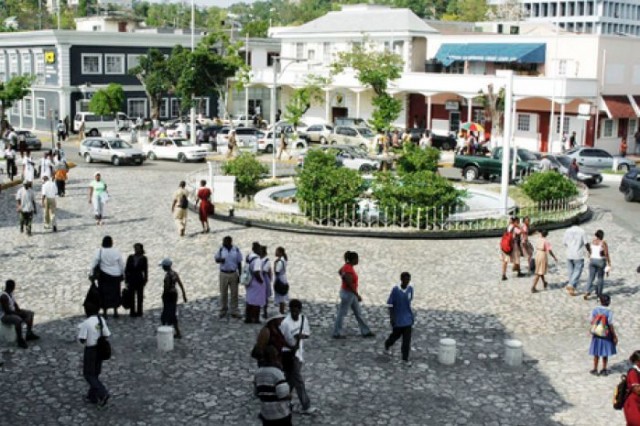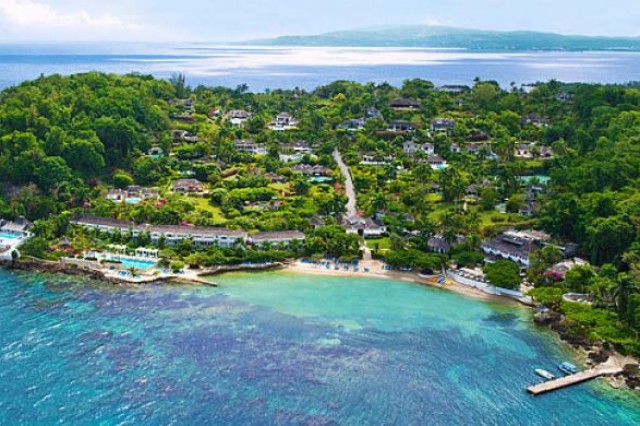A little about Montego Bay
For those of you who pictured yourself lying back on perfectly white, sandy beaches, the sky above blue and sunny, while cooling down with delicious drinks at your leisure - Montego Bay is your ideal destination.
The history of Montego Bay
When Christopher Columbus for the first time visited the island in 1494, he named the bay Golfo de Buen Tiempo ("Fair Weather Gulf"). The name "Montego Bay" is believed to have originated as a corruption of the Spanish word manteca ("lard"), allegedly because during the Spanish period it was the port where lard, leather, and beef were exported. Jamaica was a colony of Spain from 1511 until 1655, when Oliver Cromwell's Caribbean expedition, the Western Design, drove the Spanish from the island. During the epoch of slavery, from the mid-17th century until 1834, and well into the 20th century, the town functioned primarily as a sugar port. The island's last major slave revolt, the Christmas Rebellion or Baptist War (1831–1832) took place in the area around Montego Bay; the leader of the revolt, Samuel Sharpe, was hanged there in 1832. In 1975, Sharpe was proclaimed a national hero of Jamaica, and the main square of the town was renamed in his honor.
No notifications yet.


